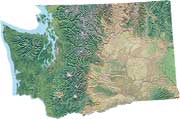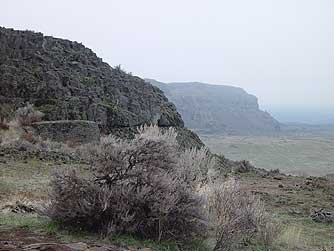Big sagebrush or Artemisia tridentata is a grayish-green, aromatic shrub that grows across the arid western states and provinces. They usually grow 3 to 6 feet tall and may reach over 12 feet in locations with just the right amount of water. Big sagebrush propagate from windblown seeds and can also sprout clones from existing plants. Its leaves stay on year-round, winter through summer.
Big sagebrush once dominated enormous expanses of the great basin -- and still does -- just not so much in Washington State, where vast swaths of Columbia Basin are now irrigated to grow our food. Many plants and animals adapted to big sagebrush habitat for forage and/or refuge including mule deer, jackrabbit, pygmy and cottontail rabbit, Washington ground squirrel, sage grouse, sharp-tailed grouse, sage sparrow, pronghorn antelope and various insects, such as the little bear beetle, Hera buckmoth and brown elfin butterfly.
Sagebrush burns real good owing to its herbivore-repelling oil and unlike rabbitbrush, does not resprout from its roots. Instead, invasive cheatgrass tends to take over burned areas and outcompete the native plants, locking burned areas into a monoculture of ankle-poking cheatgrass.
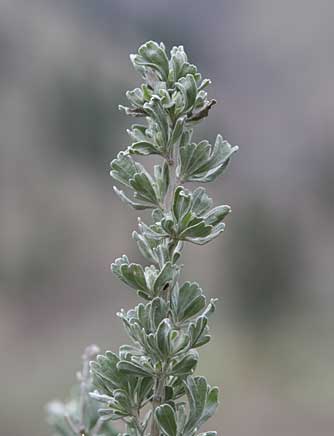
Big sagebrush details
Compare to other species of sagebrush
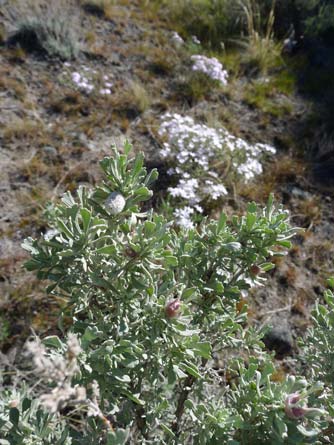
Big sagebrush in spring
with fuzzy seed pods, Ginkgo State Park
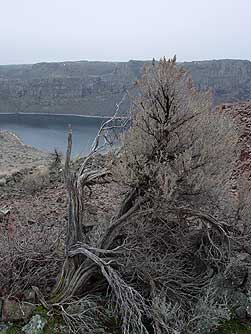
Big sagebrush - Dusty
Lake
